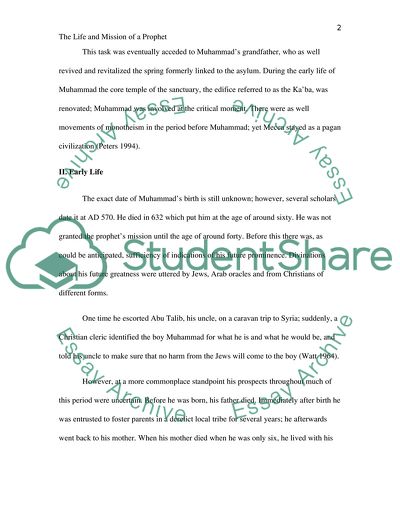Cite this document
(“The Life and Times of Prophet Muhammad Research Paper - 1”, n.d.)
The Life and Times of Prophet Muhammad Research Paper - 1. Retrieved from https://studentshare.org/religion-and-theology/1724511-prophet-muhammad
The Life and Times of Prophet Muhammad Research Paper - 1. Retrieved from https://studentshare.org/religion-and-theology/1724511-prophet-muhammad
(The Life and Times of Prophet Muhammad Research Paper - 1)
The Life and Times of Prophet Muhammad Research Paper - 1. https://studentshare.org/religion-and-theology/1724511-prophet-muhammad.
The Life and Times of Prophet Muhammad Research Paper - 1. https://studentshare.org/religion-and-theology/1724511-prophet-muhammad.
“The Life and Times of Prophet Muhammad Research Paper - 1”, n.d. https://studentshare.org/religion-and-theology/1724511-prophet-muhammad.


